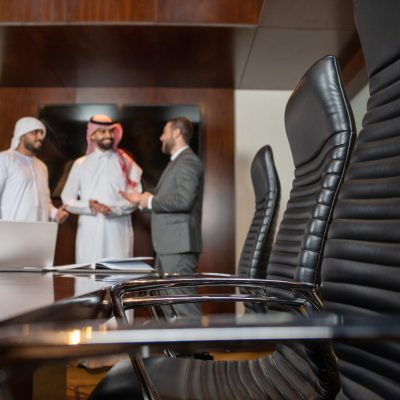
Giving patients a familiar space and the power to choose can enhance their overall experience
.
The patient experience is integral when designing a healthcare facility, as they are the ultimate end user. Yet, patients are not given much choice in how they experience the facility itself.
Healthcare facilities can be static and non-interactive environments, meaning patients do not get true input into how the facility adapts to their unique needs. However, there are healthcare facilities starting to incorporate more patient/end user-centric design to address their buildings’ sterile nature.
“The end user is the person who is experiencing pivotal moments in their lives,” says Hao Duong, principal at Ankrom Moisan. “It is potentially the end of somebody’s life, they are dealing with death and trauma. It is also potentially the beginning of somebody’s life, they are dealing with happiness and joy. Maybe they are in extreme pain, and they are trying to find solace in that. Either way, these are pivotal moments to many end users, and the space can support or harm them.”
It is important that the space recognizes the patient’s needs and circumstances, says Duong. Even something as simple as harsh lighting or uncomfortable seating affects that end user’s experience.
Additionally, autonomy plays a central part in giving patients the ability to choose. However, autonomy is something patients lose when enduring an extreme and/or unique health condition, says Ashlee Washington, senior associate, NCIDQ at Ankrom Moisan.
Factors such as harsh lighting and noisy spaces can affect patients, so giving them the choice to move to an alternative area can be one way to provide autonomous choice, says Washington.
Giving patients that autonomy back allows them to choose for themselves and to retake control of their circumstances.
Control over these major pivotal life moments also has health benefits, says Duong. A study from 2006 found that this control over life circumstances reduces chronic stress and has favorable biological effects. However, science alone is not enough, as talking to and including the patients living through these situations gives more perspective into what they need, says Duong.
“Those sorts of discussions early on with the end users are important,” says Duong. “There are universal things around trust that are also part of this discussion. However, the differences between end users are something we want to understand by interviews, conversations or studying their community and their individual needs.”
There is also an aspect of inclusivity in this, says Duong. Part of it depends on the type of healthcare facility being designed and its surrounding community since those aspects will inform how the unique needs are addressed. This happens by understanding that individual user in their own community, which in turn helps designing a space for them that makes them feel included.
Jeff Wardon, Jr. is the assistant editor for the facilities market.
The post "Designing Healthcare Facilities for Autonomy, Choice and Inclusivity" appeared first on Healthcare Facilities Today








0 Comments